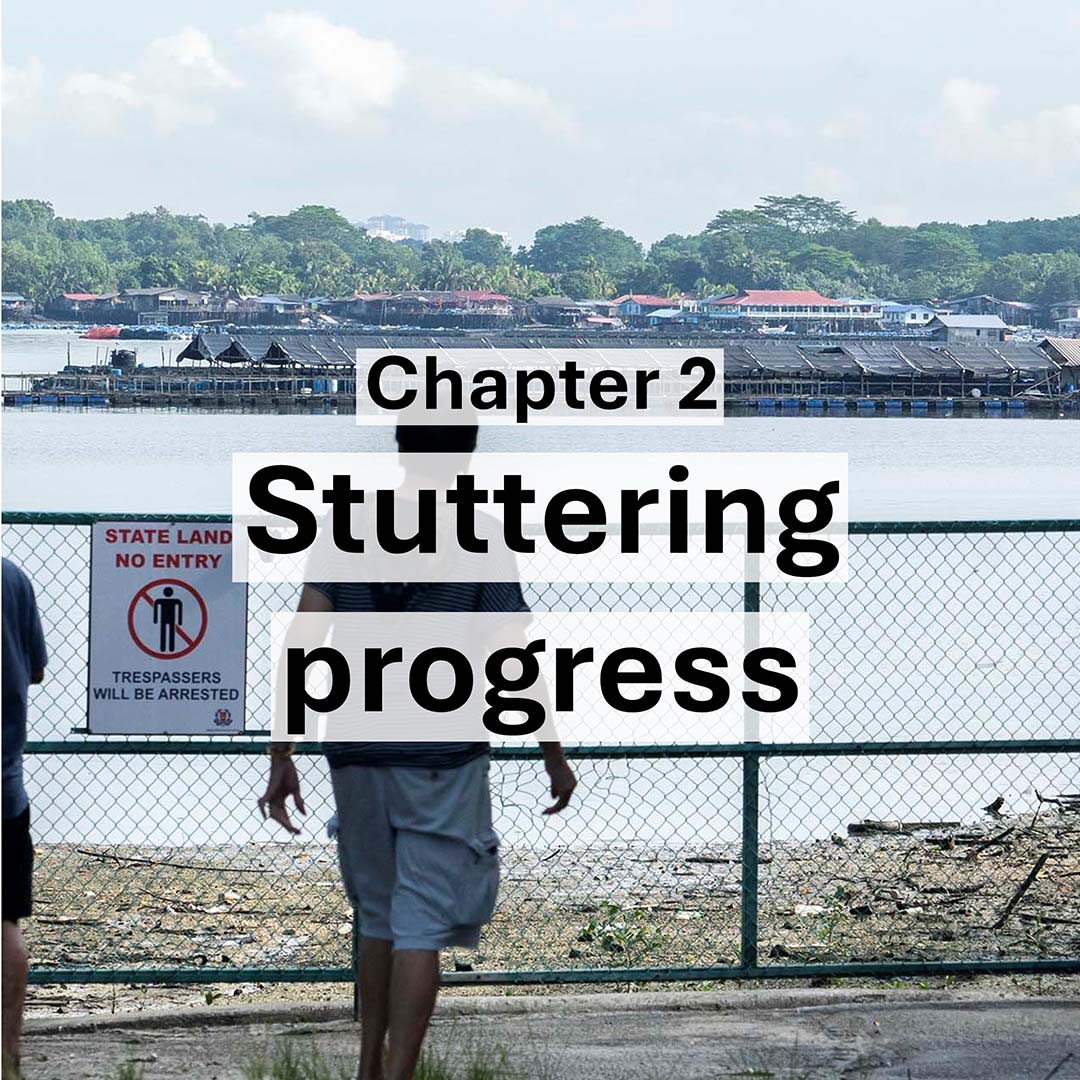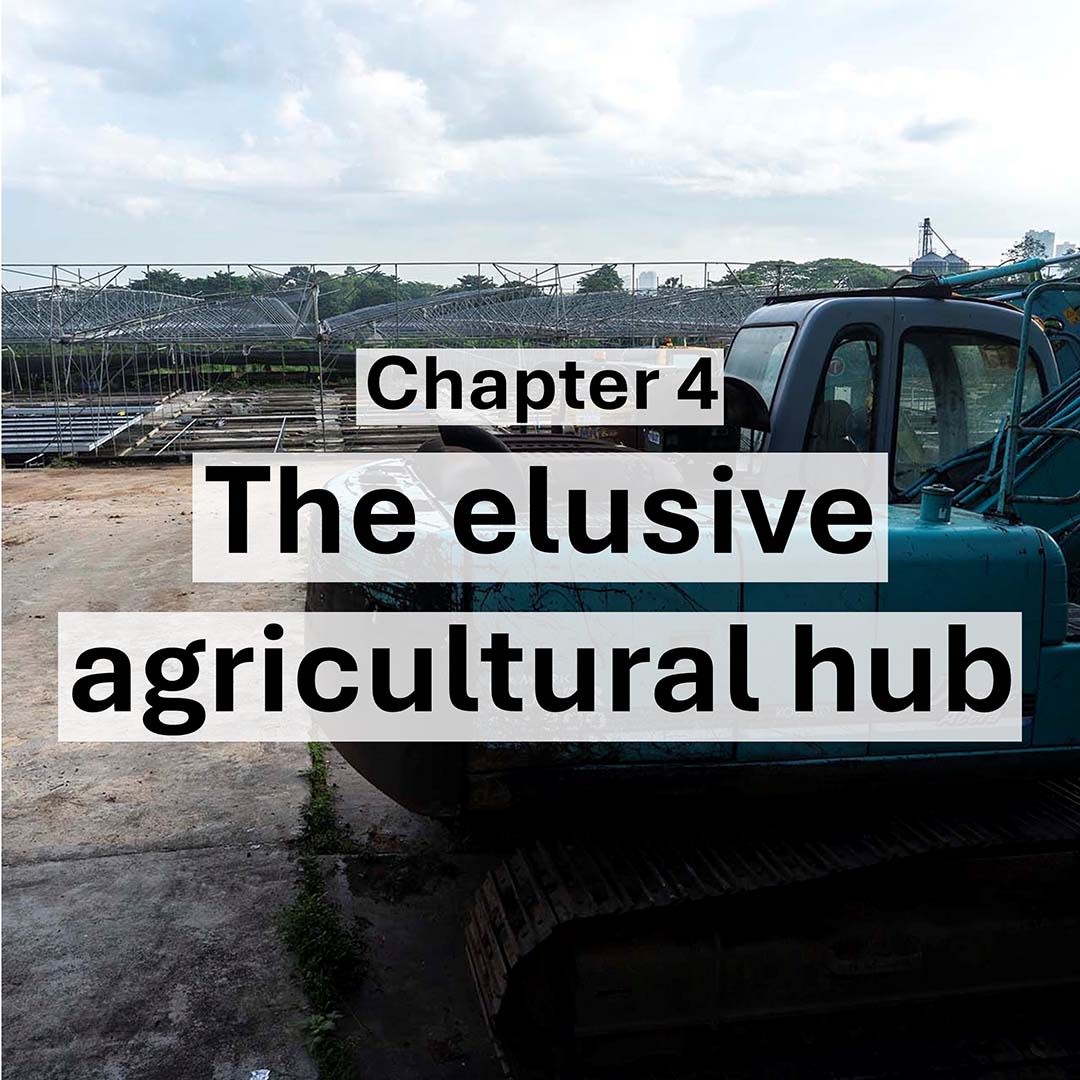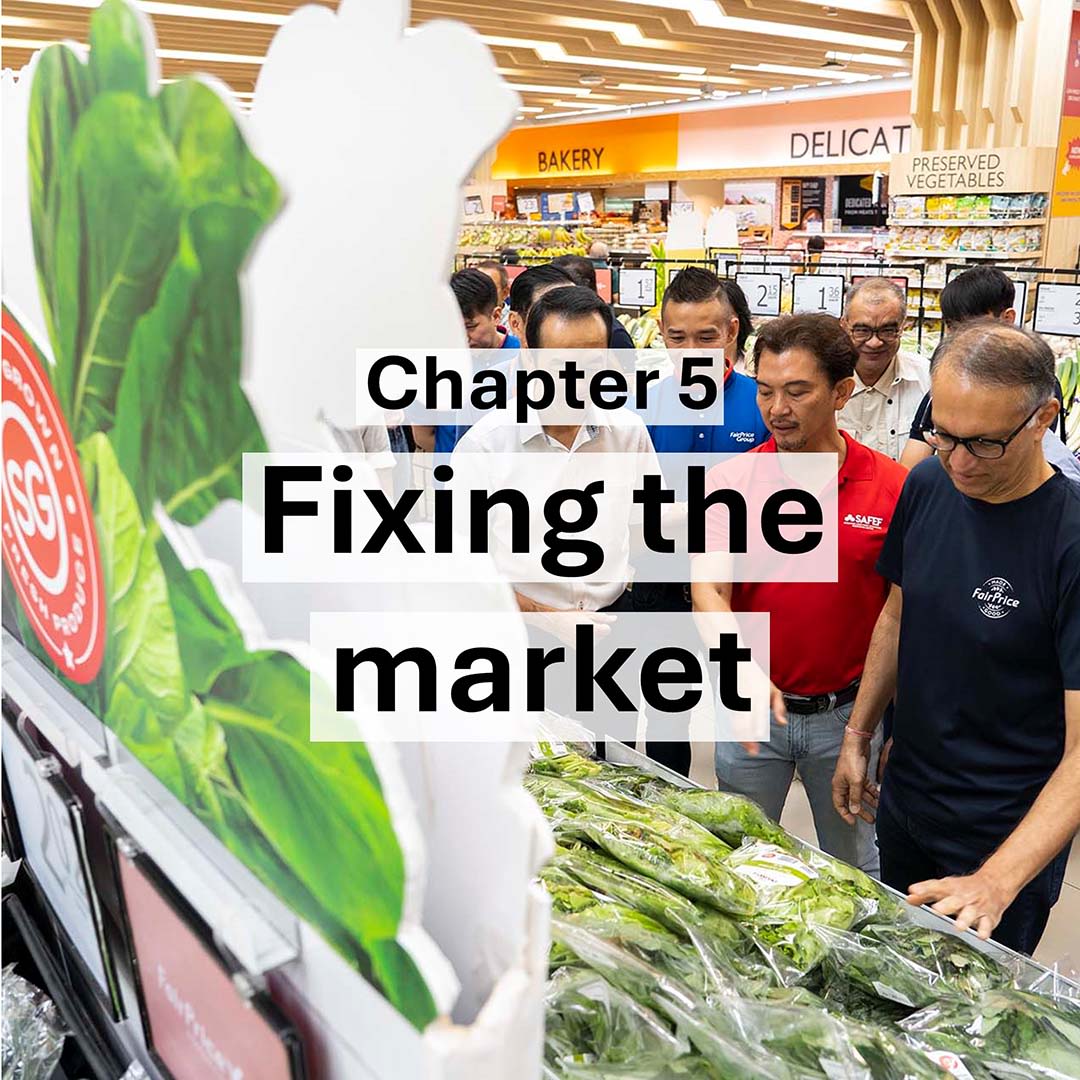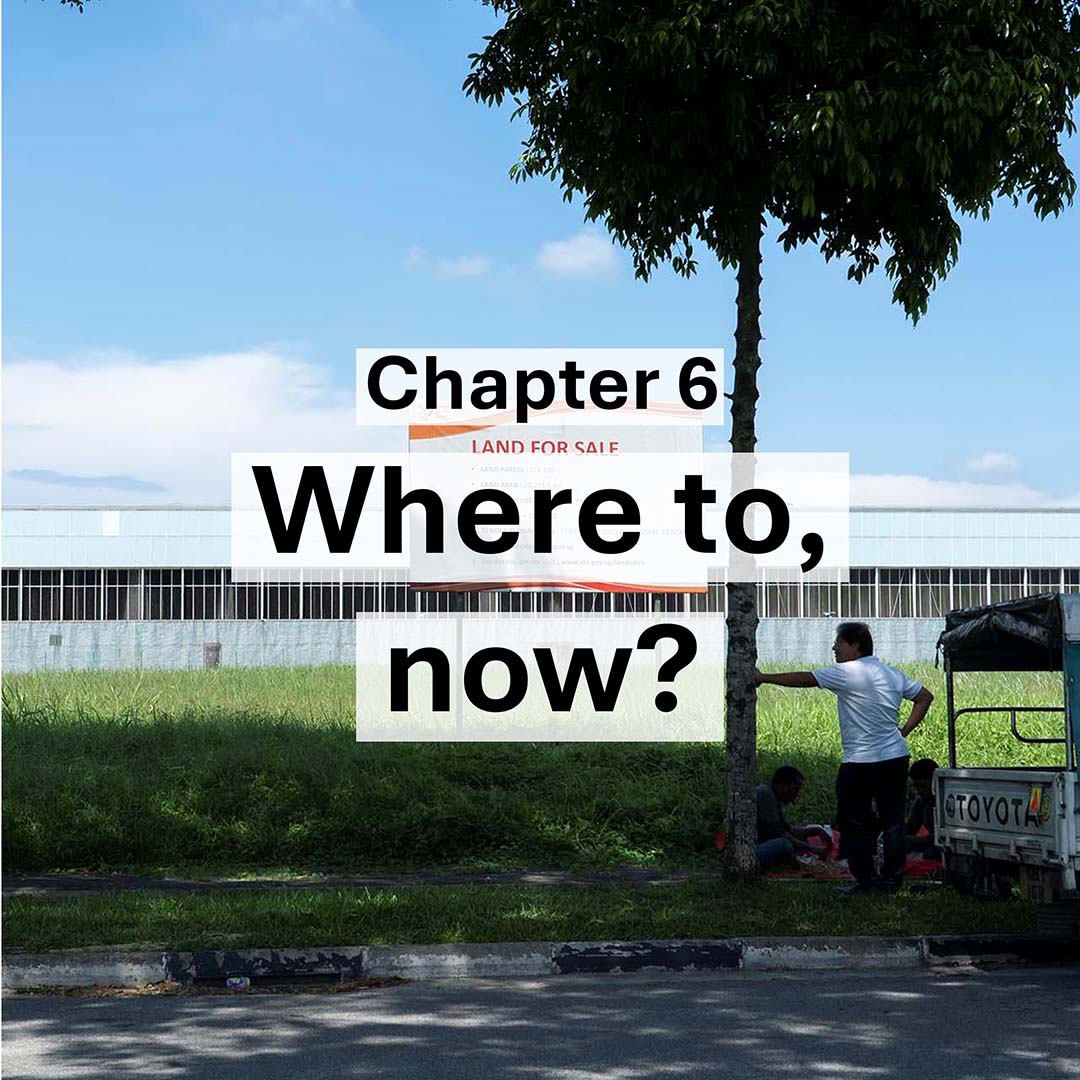Innovation and its limits
Is the push for tech-enabled productivity over-hyped?
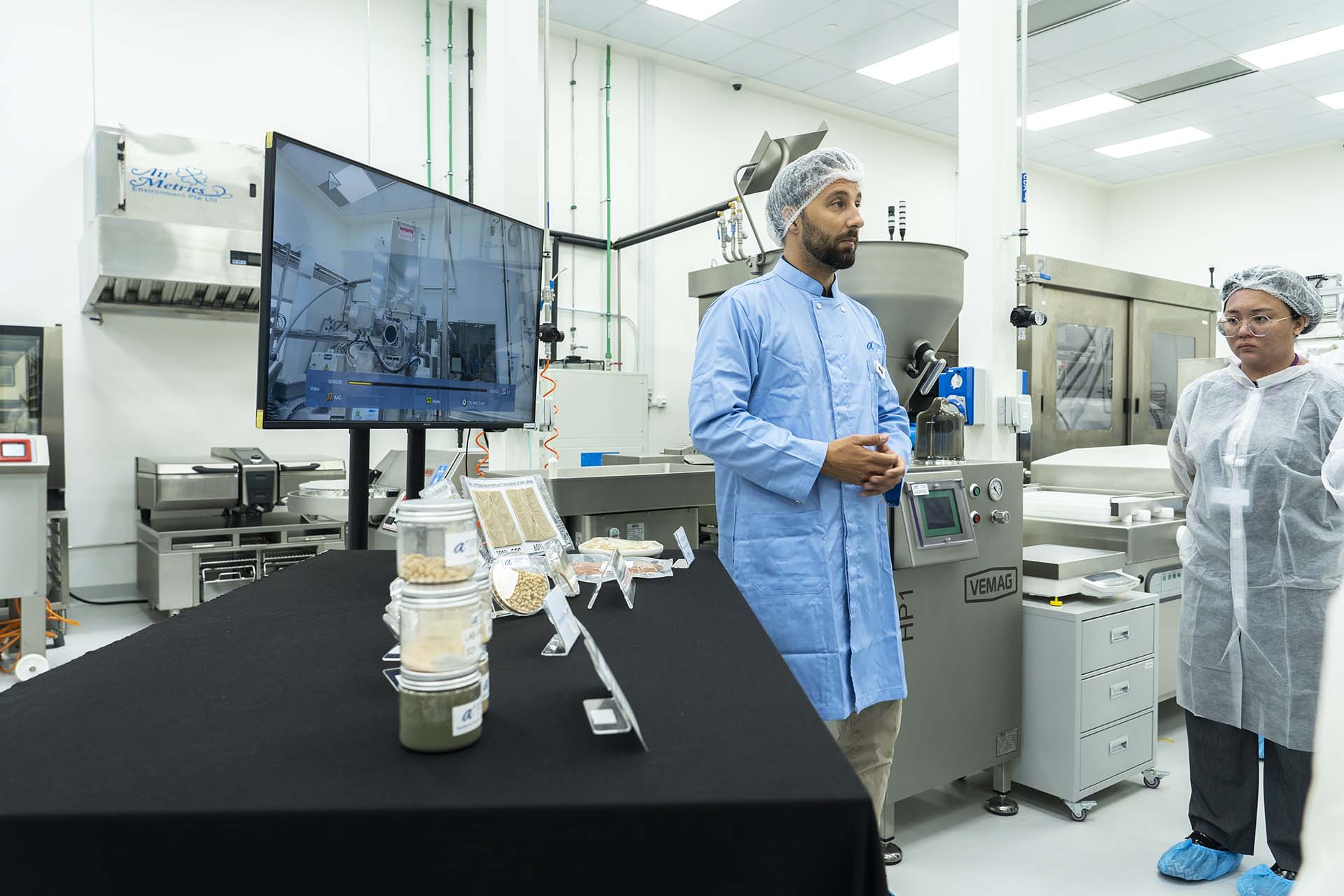
Home | 2 | Chapter 3 | 4 | 5 | 6
Singapore needs to grow more food with less space. Today, under one per cent of its 735 square kilometres of land is allotted for agriculture, given competing needs for defence, housing and industrial expansion.
One of the city-state's key responses to this challenge is to prod farmers towards adopting more technology and innovation. Capabilities such as automation and climate-controlled environments are key to achieving “quantum leaps in productivity”, said Singapore’s food agency at the early stages of the “30 by 30” strategy. Current efforts to develop the sector continue to prioritise land intensification for better yields, in parallel with sustainability and resource efficiency.
Yet some farmers that Eco-Business spoke to have said that this approach might not work for business viability. Innovation needs to be practical and in moderation, they argued.
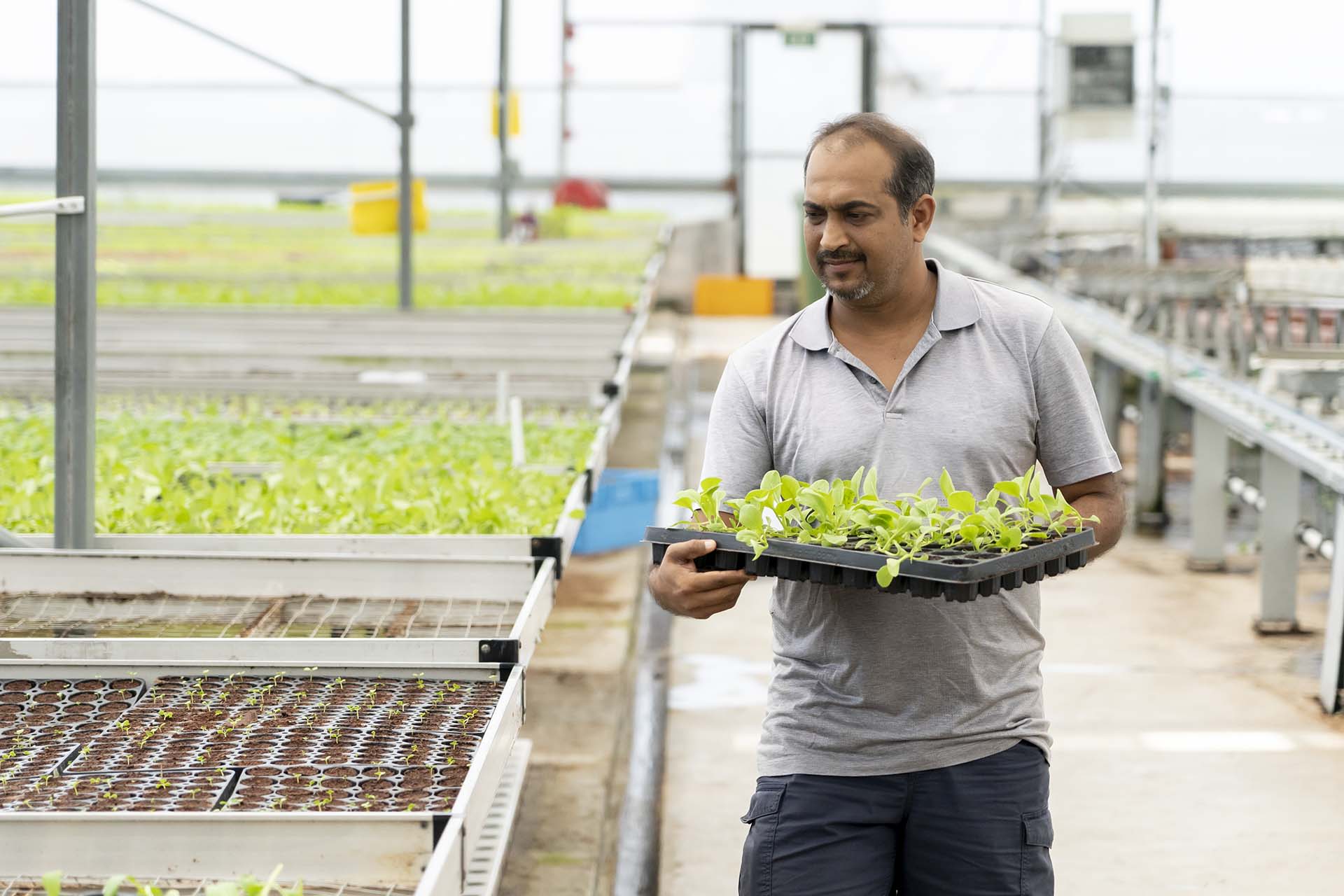
Karthik Rajan, 46, who started Livfresh, believes there is an over-investment in farming technology today.
Karthik Rajan, 46, who started Livfresh, believes there is an over-investment in farming technology today.
Karthik Rajan, founder and chief executive officer of LivFresh, a modern hydroponics farm that started out during the height of the pandemic, believes that there is an over-investment in farming technology today.
When LivFresh was founded in 2018, Rajan said he had toyed with both the concepts of installing modular growing kits in the backyards of restaurants as well as setting up indoor vertical farms. But local eateries did not have much space for the former, while the latter required a huge capital outlay, he explained.
In the end, a single-layer greenhouse was upgraded with mechanised belts that allowed seedlings to be planted closer together at the start to maximise yield, and spaced out later to facilitate growth.
This idea, which Rajan believed was more straightforward and practical, ensured that the productivity of his farm, at about 600 kilogrammes of vegetables a day, is at 30 times that of traditional farms. Although it is no match for what an indoor vertical facility can produce, the lower operating costs of LivFresh lets it compete in a volume market of household Asian greens such as xiao bai cai and cai xin.
LivFresh products still sell at a roughly 25 per cent premium in supermarkets, though this margin can be reduced to 10 per cent if production can expand, Rajan estimates.
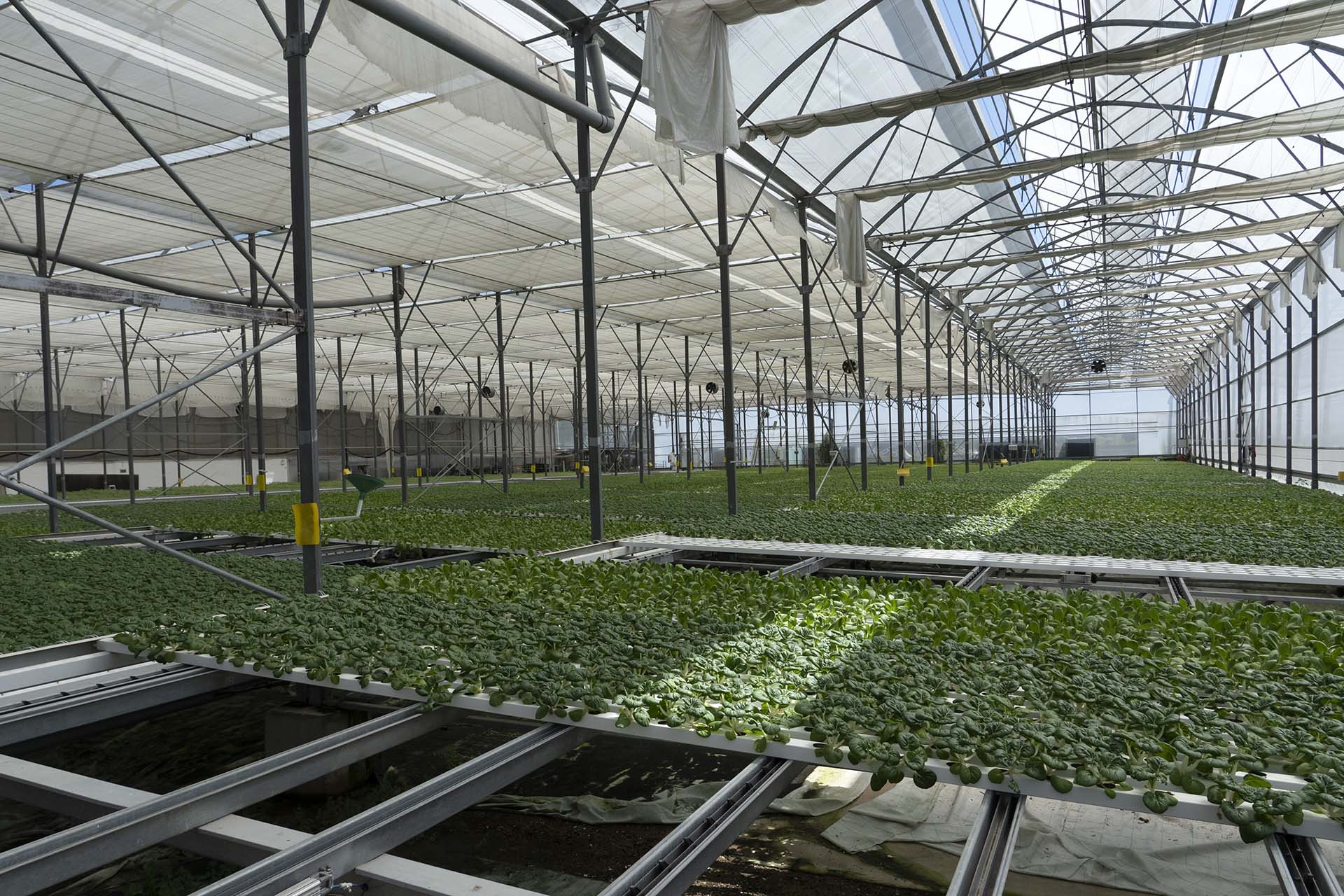
Livfresh's current greenhouse spans about 60 by 90 metres.
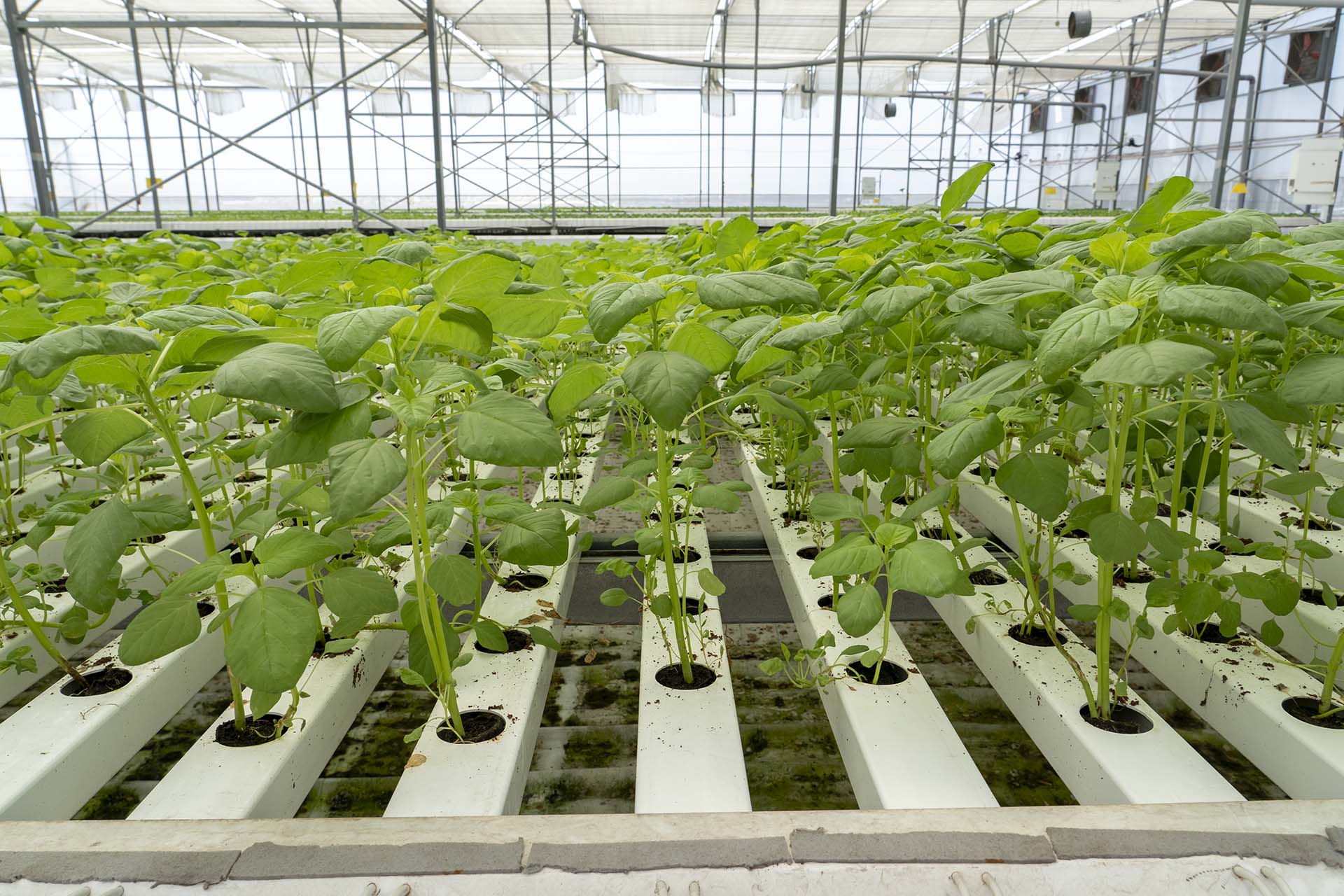
Mechanised belts help to optimise growing space between each row of vegetables.
There is now funding for local farmers to buy new equipment or trial new technology – over S$23 million (US$17 million) has been committed to 60 projects as of end-2023. But Rajan said that local farms need to make sure they are profitable with existing innovations before adopting new ideas and applications. While Singapore growers have made inroads into local plant science and automation, the industry isn’t yet ready for the “next level” in genetics, advanced robotics and machine learning, Rajan said.
The issue does not just lie within the vegetables sector. Guo Xiuling, CEO of Temasek-owned agrifood accelerator platform Nurasa, said that many early-stage startups tend to excessively focus on the technological side of things at the expense of the commercial elements.
“For the plant-based side specifically, there was a certain belief that consumers accepted their food. They over-communicated the environmental impact, rather than the flavour, taste and cost of their products,” said Guo, when asked what were the main reasons past agritech startups have failed.
Singapore’s food innovation drive is also buffeted by global headwinds. While agritech investments had its moment in the sun in 2020 and 2021 – driven in-part by sustainability and security concerns amid Covid-19 – financing appetite has since plunged sharply.
According to deals tracker Pitchbook, funding for agritech dropped by nearly 40 per cent year-on-year in 2023. Vertical farming, in particular, fell 91 per cent in early 2023 compared to a year before – with financiers spooked by bankruptcies at several high-profile companies. Interest in other sectors such as alternative proteins have also cooled as companies struggle to entice consumers.
Sandhya Sriram, who co-founded home-grown alternative seafood firm Shiok Meats in 2018, recounted the momentum it rode on after the “30 by 30” goal – which includes regulatory support for cultivated meat – was announced four days after launching its first lab-grown shrimp dumplings.
“Overnight, the whole media, the whole of Singapore started saying what we were doing was amazing and were interested in talking to us,” she said. “For the next couple of years, things were really good. The whole world was pumping a lot of investment into this industry. Though sometimes I felt it was too much of a hype.”
In March, Sriram announced she will step down as CEO upon the firm’s merger with alt-meat startup Umami Bioworks – which came on the back of two rounds of layoffs and unprecedented difficulties faced in scaling the production of lab-grown crustacean meat. Without sharing specific names, she said that some other startups are looking to merge, especially those with common investors between them. But such consolidation is not entirely surprising for the nascent industry, she said.
“None of the investors have lost complete interest yet. They still believe that the industry can do well, but they just want to make sure they get good value for their money, ” said Sriram. “So I'm definitely looking forward to more companies raising more money, but at the right valuations and at the right time; not with these super high bubble valuations.”
The fact remains that high-rise Singapore presents a landscape largely incompatible with the conventional farming practices that larger food producing countries – including the city-state’s neighbours – can leverage.
Right before the “30 by 30” effort began, Singapore had announced the recall of dozens of hectares of open farmland in its Lim Chu Kang agricultural estate, to make way for new military training grounds – itself necessitated by the development of nearby housing estates.
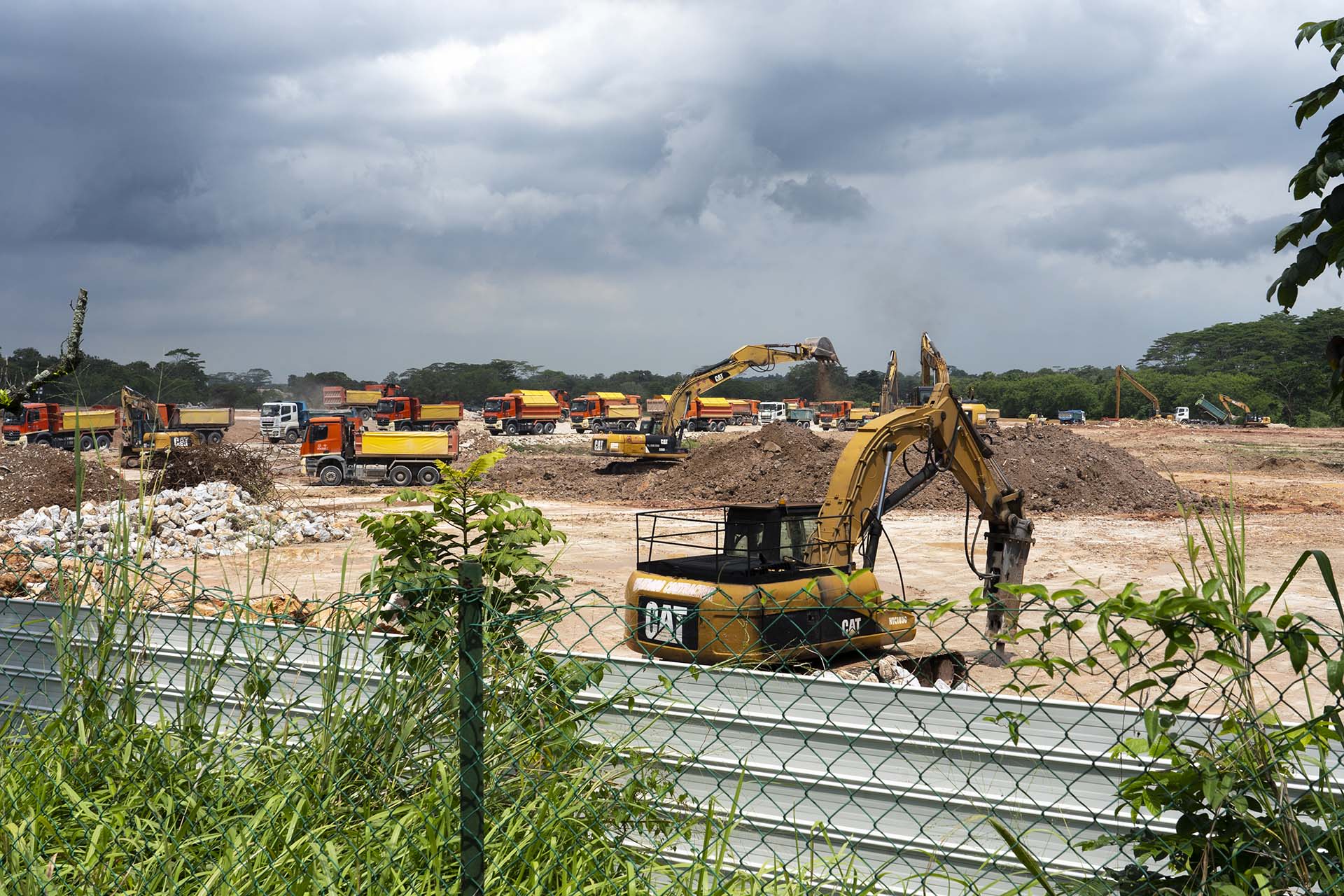
Dozens of hectares of farmspace were taken back by the state a few years ago. They are now being reinstated into open fields for future development.
Dozens of hectares of farmspace were taken back by the state a few years ago. They are now being reinstated into open fields for future development.
Kerstin Kohler, 35, Asia Pacific CEO at Growy, believes that farms in Singapore will need to "grow vertical" in response, necessitating the use of technologies like precision agriculture.
“You need to look into the factors that the plants really need [for more effective food production],” Kohler said. Her team is currently studying how to better monitor in real time the nutrients the crops are getting, while making operations more energy efficient. With automation, Growy’s Singapore operations are expected to require just about 20 staff. A key reason why the Amsterdam-headquartered firm had set up here after its first offshoot in Kuwait was the availability of talent, Kohler shared.
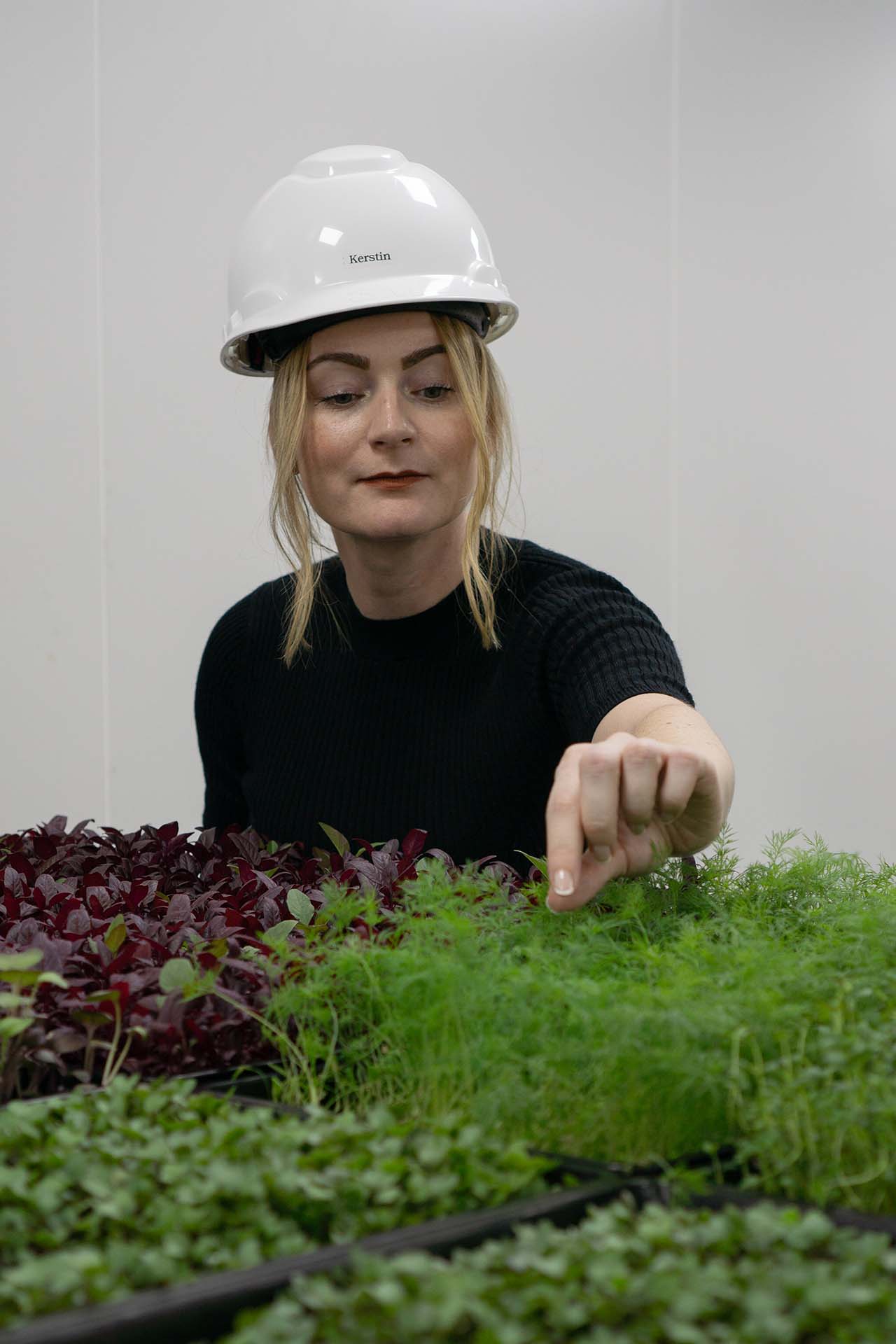
Kerstin Kohler moved from Germany in 2020 to start up the Singapore farm. Image: Growy
Kerstin Kohler moved from Germany in 2020 to start up the Singapore farm. Image: Growy
Some players in the aquaculture sector are also looking to technology to improve yields. Singapore’s coastal waters are not the most forgiving for fisheries – the many cargo ships calling at nearby ports bring novel contaminants in their ballast tanks. Regional waters also host endemic pathogens lethal to some farmed fish species, such as the scale drop disease virus.
Tan Ying Quan, head of strategy and Singapore operations at Barramundi Group, believes improving fish genetics is key to solving such challenges. There has already been some success in this field, in shorter growth cycles and increased resilience to environmental stressors, Tan noted.
Farmers will also require effective vaccines against diseases, Tan said.
“Given the evolving nature of bacteria and virus strains, developing vaccine capabilities becomes necessary to ensure that they can be responsively updated to serve the farmer's needs,” he said. Barramundi Group had in recent years ceased sea bass farming in Singapore due to outbreaks of the scale drop disease virus, for which there are no effective vaccines.
Sector players understand that such innovations are contingent on market dynamics, given researchers need a sizeable addressable market to commercialise their scientific breakthroughs. Tan believes a “laser focus” on developing a single fish species will help, while concurrently improving the industry’s collective bargaining power.
But Singapore start-ups pursuing innovation may need to look beyond the limited market size at home.
Claire Pribula, managing director of Singapore-based fund The Yield Lab Asia Pacific believes that potential export markets for local innovation include the United States' inner cities, where access to affordable fresh vegetables is an issue, and the Middle East which has limited arable land.
Ultimately, business expansion should not be seen as mutually exclusive to Singapore's own food security goals, Pribula said.
“You want a company to rise to its highest potential…it can do that and help and serve Singapore at the same time,” she added.

